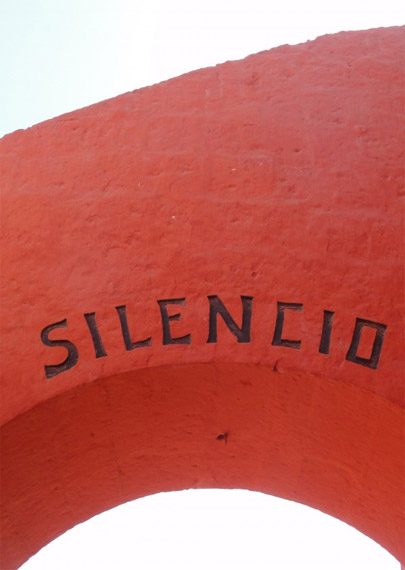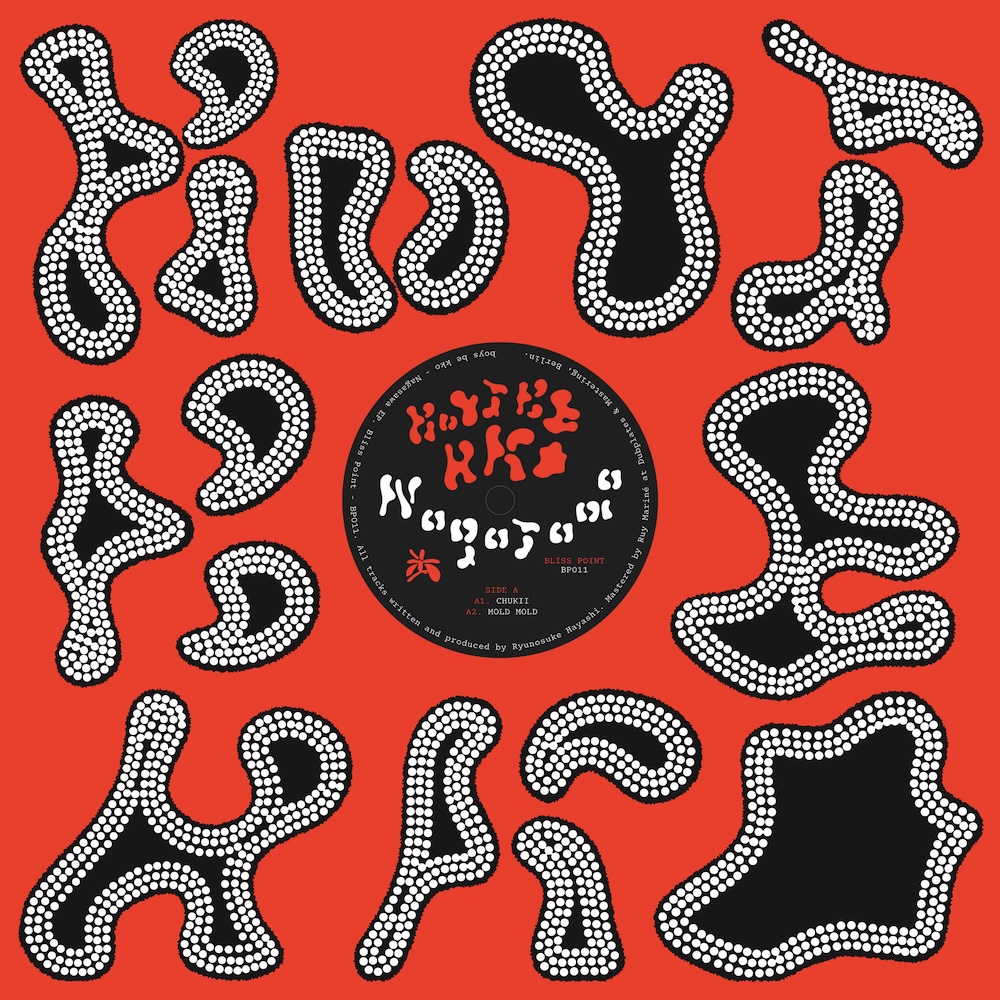Week # 44: Rich and Poor

I had to take a trip to Peru last week where I spent a couple of in the end quite interesting days addressing my immigration status. Interesting because both the well-groomed and energetic Dickensian secretary and the consul himself were eager to talk to me, not only about how come I wasnt married, but also on the British education system, Western social values (or perceived lack of), our income levels, and the disparity between wealth and happiness. Its a clich, and the consul himself is probably relatively well-paid, but in his words, In Bolivia the minimum salary is $100 a month, but we are happy.
Discussions of poverty and wealth depend, of course, on what you are measuring. In the wake of the recent UK riots there are a number of things we might, and do, reflect on our country being poor in: time, community, respect, nurturing, equality of opportunity. As well as the comparative material deprivation of many who took part in those events but not, clearly, in comparison with those living in poverty in Bolivia. Which goes some way to understanding the consuls, and others, confusion over the social development of the so-called developed nations. Bolivia itself, meanwhile, is generally rich in things like strong family ties and connections to an older (and itself communal) culture. Marvelling at the draws upon draws of weavings that are the highlight of La Pazs Ethnography and Folklore Museum it is also pleasing to note that while the techniques, cloth and dyes may have changed with time, weaving retains its social and cultural significance. The stories and identities which continue to be expressed in modern-day fabrics means that the colourful cloths remain items not only useful and charming, but also significant in profounder ways to those who use them, like their ancestors, for carrying infants or transporting goods.
Eduardo Galeanos Open Veins of Latin America is still the must-read book on the modern shaping of this continent, some 40 years after it was first published. Its focus is on the patterns of trade and economic development (or underdevelopment) which have plagued the region under both colonialism and later economic neoimperialism. Galeano certainly was concerned with material poverty, and the book is full of grim statistics on mortality and malnutrition, as well as the strangulation of local markets, in particular by the British after the colonies independence from Spain: in the 19th century local textiles didnt stand a chance against the products of Lancaster mills and factories which flooded Latin America with imports in exchange for the raw materials that fed the UKs industrial revolution.
In the Santa Catalina Monastery in Arequipa, where I was last weekend, you could carry out an interesting Benjaminian exercise tracing this history of interactions via the fascinating collection of objects that fills the beautiful five-acre convent, where Dominican nuns (not monks) remain cloistered to this day. Simple but exquisite furniture chairs, trunks, chests all in the European style; fine imported china: pianos and bedpans and medicines from London; kitchen and garden utensils most likely made with metals imported from Latin America, finished in England and then shipped back across the Atlantic.
Founded in 1579 the convent was one of the first institutions established in Arequipa after the Spanish arrived as everywhere the proof of their spiritually guided mission needed to be displayed asap. Within the walls of sillar white volcanic rock unique to the region European life was recreated object by object. Although severe physical deprivation was supposed to form a part of the sisters mystical path to betrothal with Christ, the evidence of the museum suggests that while life may have been materially simple in comparison with that of European or Latin elites, it was not without its comforts and items of aesthetic value. And certainly it would have appeared luxurious could it have been seen alongside the living conditions of many Peruvians struggling to exist outside the convents obscuring walls. A reformist priest at one point attempted to ensure a more egalitarian structure within Santa Catalina by calling for each nun to have no more than one servant in attendance.
These days its not just the convent but all of the beautifully preserved and heavily visited historic centre of Arequipa which feels distinctly European. Cold beers and cappuccinos are in abundance at the balcony cafes surrounding the Plaza de Armas, while funky little bistro-bars selling international cuisine line the streets around it and the mobile street vendors you see everywhere else have been banned from trading in the city centre. All in all its a jewel of a place somewhat like Cartagena in Colombia whose conspicuously concentrated material wealth cant but make you think of both the unequal economic development and the disparate cultural influences that continue to mark Latin American society.
Check Maddington Bears wonderful Wander & Wonder and lots more! I wish I was there with her…
Not on the R$N list yet? Sign up for all things essential and receive Thursdays weekly lowdown here


















Must Reads
David Holmes – Humanity As An Act Of Resistance in three chapters
As a nation, the Irish have always had a profound relationship with the people of Palestine
Rotterdam – A City which Bounces Back
The Dutch city is in a state of constant revival
Going Remote.
Home swapping as a lifestyle choice
Trending track
Vels d’Èter
Glass Isle
Shop NowDreaming
Timothy Clerkin
Shop Now